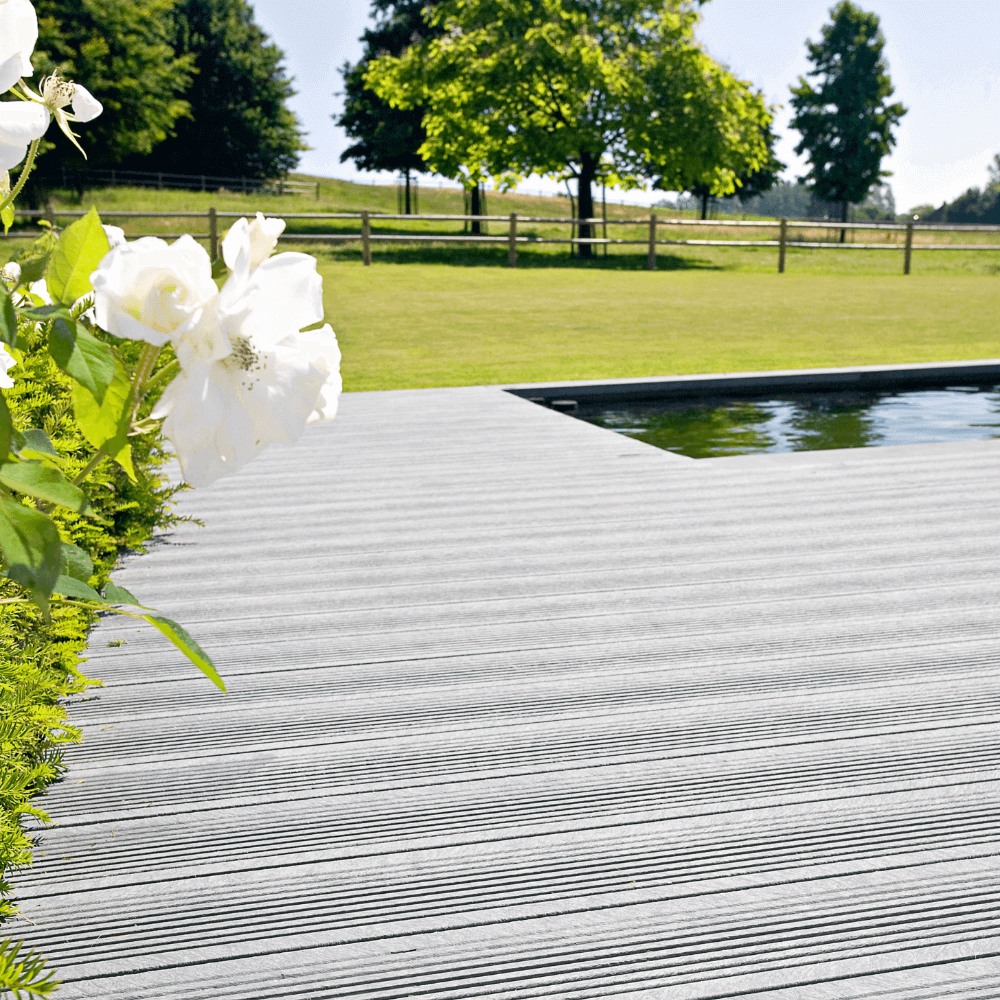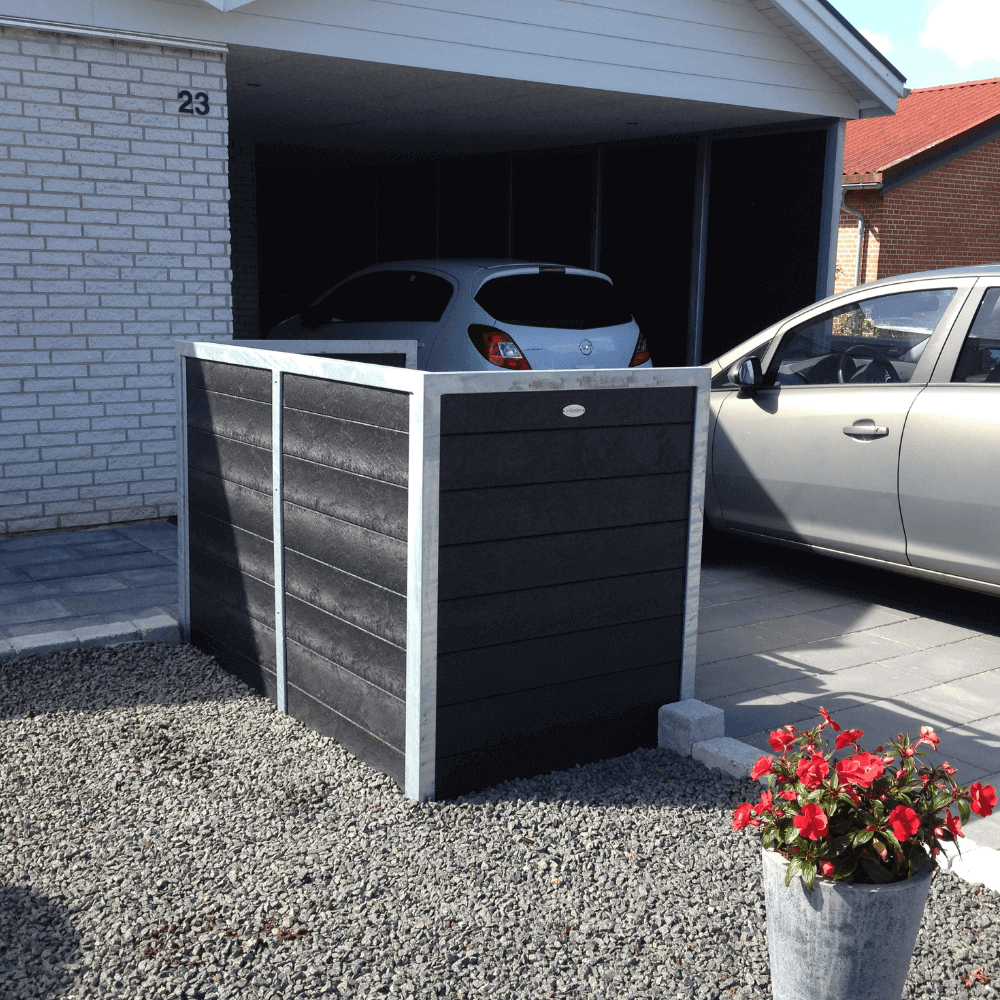If you observe garlic or onions, which are already yellowing and withering, there is a good chance that they are attacked by the fungal disease white rot.
One can easily ascertain this by digging up a plant: often they are already quite loose because the root is rotten, and if there is a whitish coating around the root or bulb, the disaster has occurred and the plant is facing certain death.
Even worse than a diseased plant is that inside the white fungal mycelium, small black dormant tubers (sclerotia) develop, which can survive in the soil for 15-20 years - until a plant from the onion family grows again, which they can shed. over.
Garlic attacks both garlic, leeks and onions, with garlic being the most exposed.
The infection is spread via infected plants or soil (also possibly the soil that sits on the plant box that has been used to remove the diseased plants), so you must be quite critical with using only absolutely healthy scallions and fat. On the other hand, the disease is not transmitted via seeds, so you can avoid getting the fungus into the kitchen garden by growing onions from seeds. The diseased plants should also not be thrown on the compost pile, but should go to the municipal incinerator.
As a prevention, a 6-year crop rotation is recommended, but once you have got the fungus in the soil, there is nothing to do in terms of control. However, experiments are being made with the use of garlic extracts, which are diluted on an infected plot of land where nothing from the onion family is to be grown for the time being (at least 6 months).
You take a healthy garlic, which is crushed and stirred around in 10 liters of water - and you then water with 10 liters per 2 m2. The substance allicin (which is what gives the characteristic garlic air) makes the fungal spores wake up, but then they die when they can not find a plant to infect. It is best to do this at a soil temperature between 15 and 18 °, which is the temperature at which the spores most easily wake up to "deed". And if you do not want to crush your highly prized home-grown garlic, you can always buy garlic powder for horses in the feed store for a cheap price. Then you sprinkle 30-40 gr per m2, and water it into the soil.
Written by Peter Norris








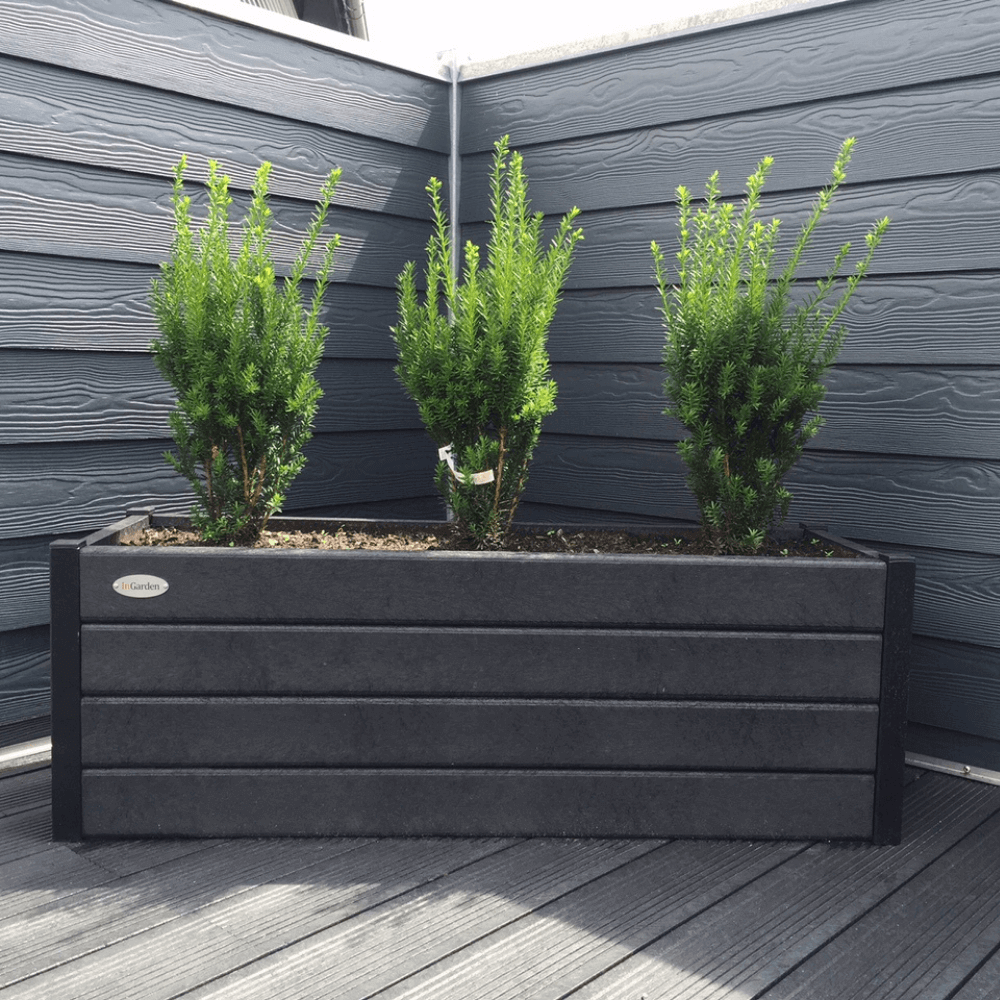
-1.backdrop.png)
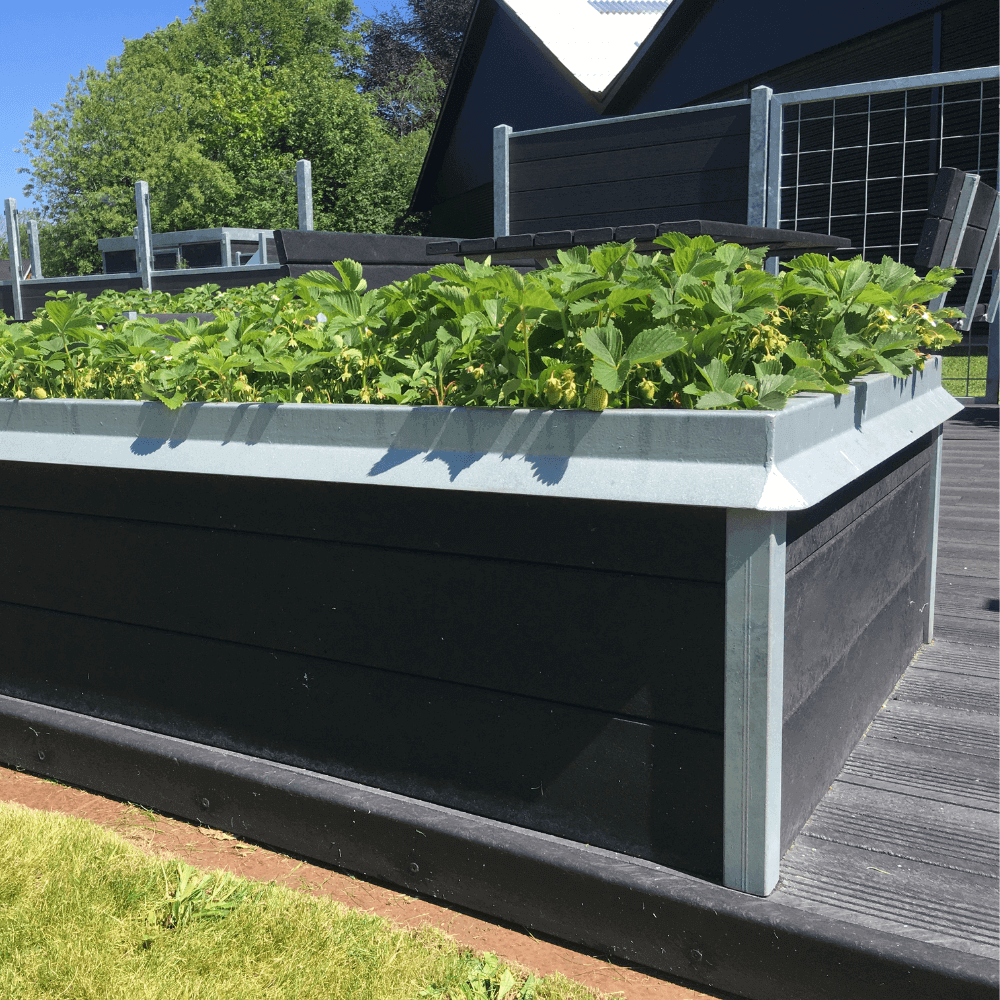
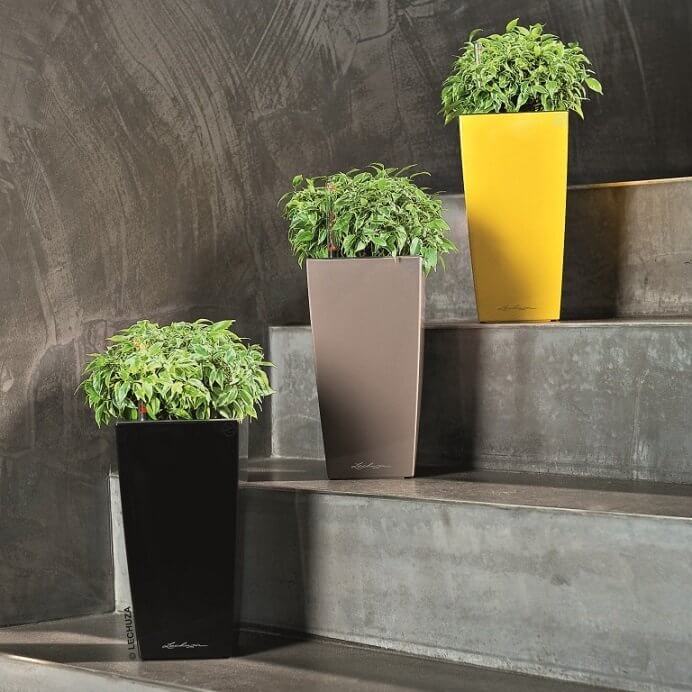
-1.backdrop.png)
